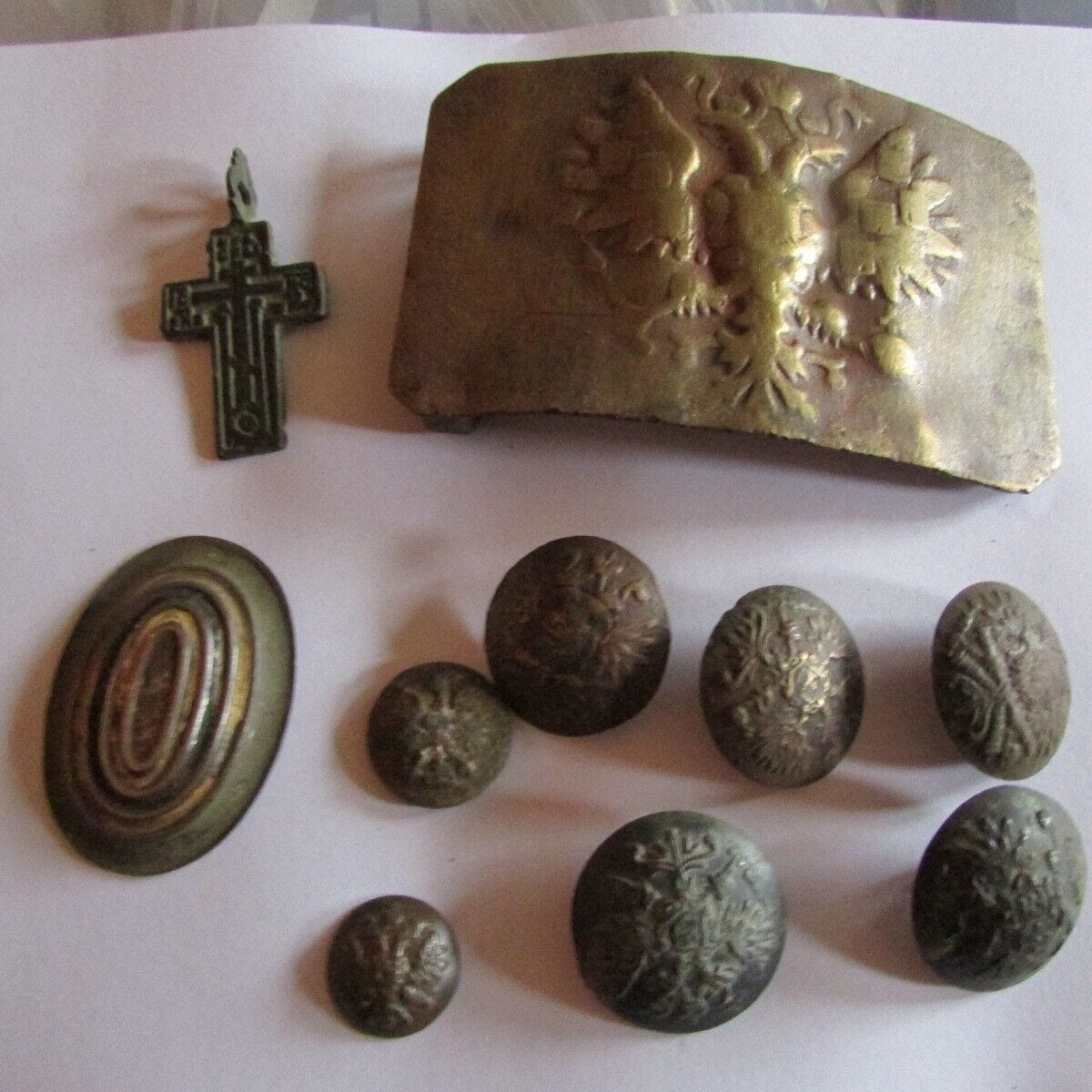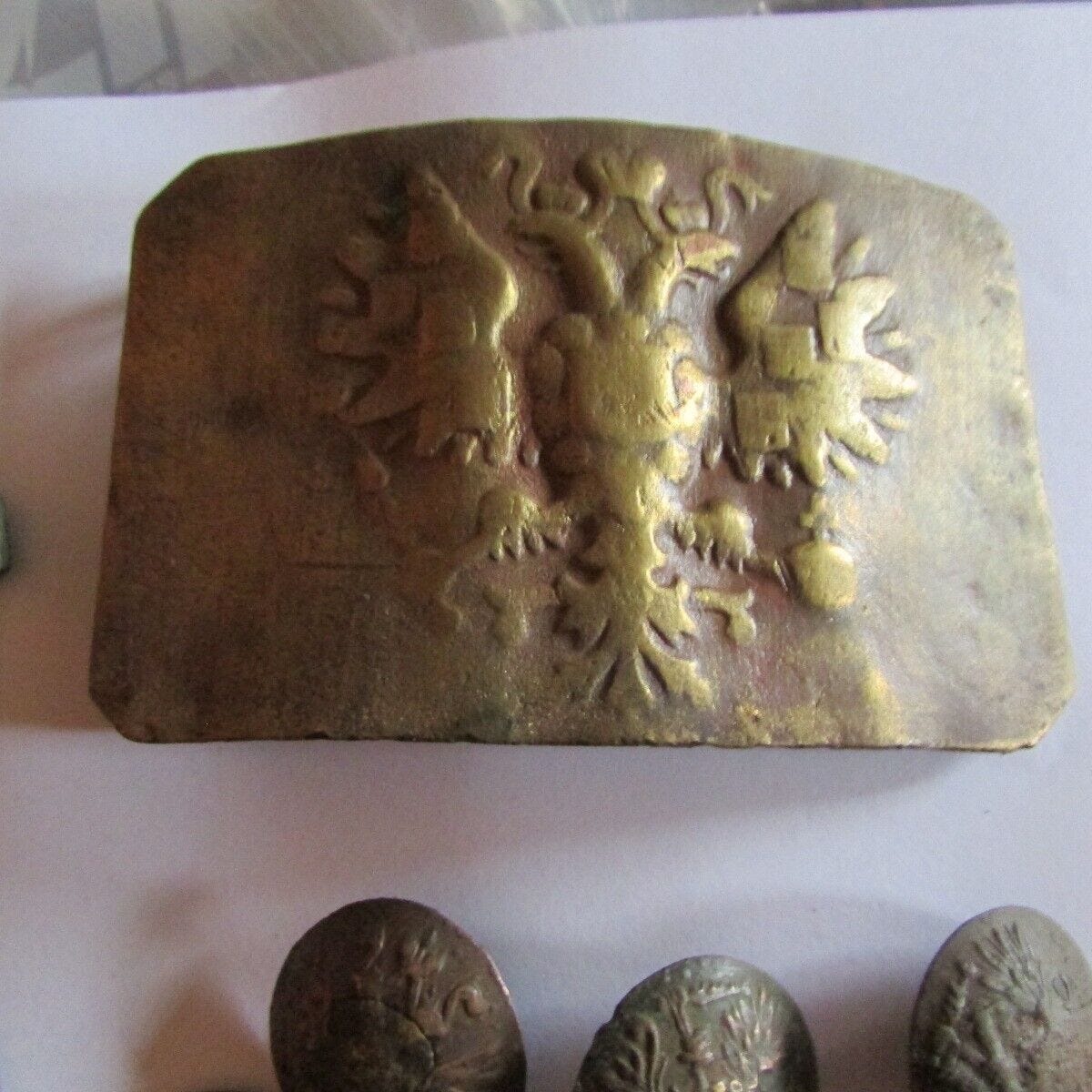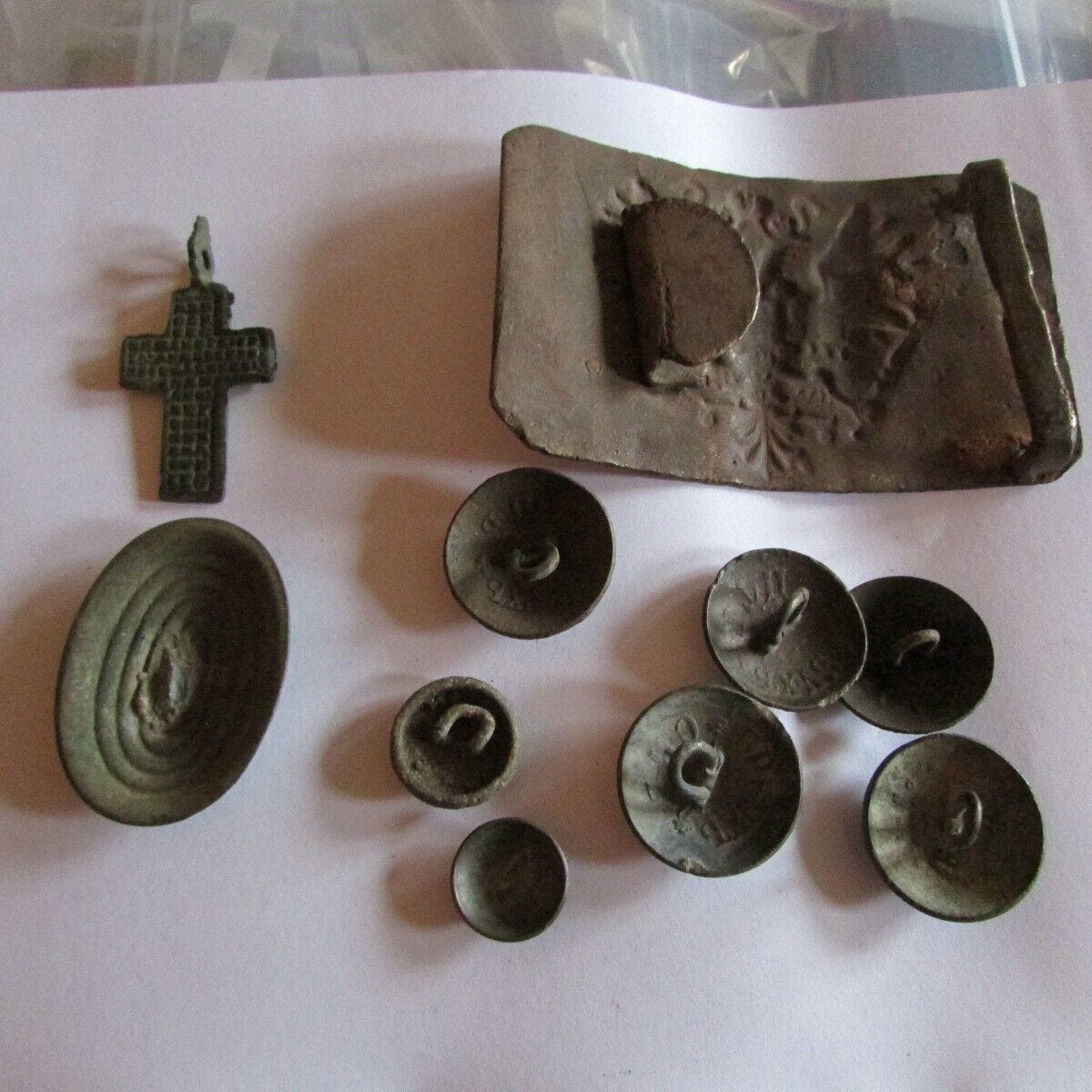The Battle of Tannenberg Relics
The Battle of Tannenberg was a significant battle in World War I that took place between August 26 and 30, 1914, in what is now northeastern Poland. It was fought between the Russian Empire and the German Empire, and it resulted in a decisive victory for the Germans.
Today, more than a century later, relics and artifacts from the Battle of Tannenberg can still be found in the region, providing a tangible link to the events that took place there.
One example of a relic from the Battle of Tannenberg is the Tannenberg Memorial, which was erected in 1927 to commemorate the German soldiers who lost their lives in the battle. The memorial is located in the town of Hohenstein, which was the site of the German command post during the battle. It consists of a 40-meter high tower with an observation deck that provides a view of the surrounding area.
Another relic from the Battle of Tannenberg is the Russian Orthodox Church of the Nativity of the Virgin Mary in the town of Gusev. The church was used as a hospital by the Russian army during the battle, and it was damaged in the fighting. Today, the church has been restored and serves as a reminder of the sacrifices made by Russian soldiers during the war.
In addition to these larger monuments, smaller relics from the Battle of Tannenberg can still be found in the region. These include items such as bullets, shells, and other pieces of military equipment, which have been uncovered by archaeologists or discovered by local residents.
The Battle of Tannenberg was a significant event in World War I, and the relics and artifacts that remain from the battle serve as a tangible link to the past. They provide a window into the lives of soldiers and civilians who were caught up in the conflict, and they remind us of the human cost of war.







